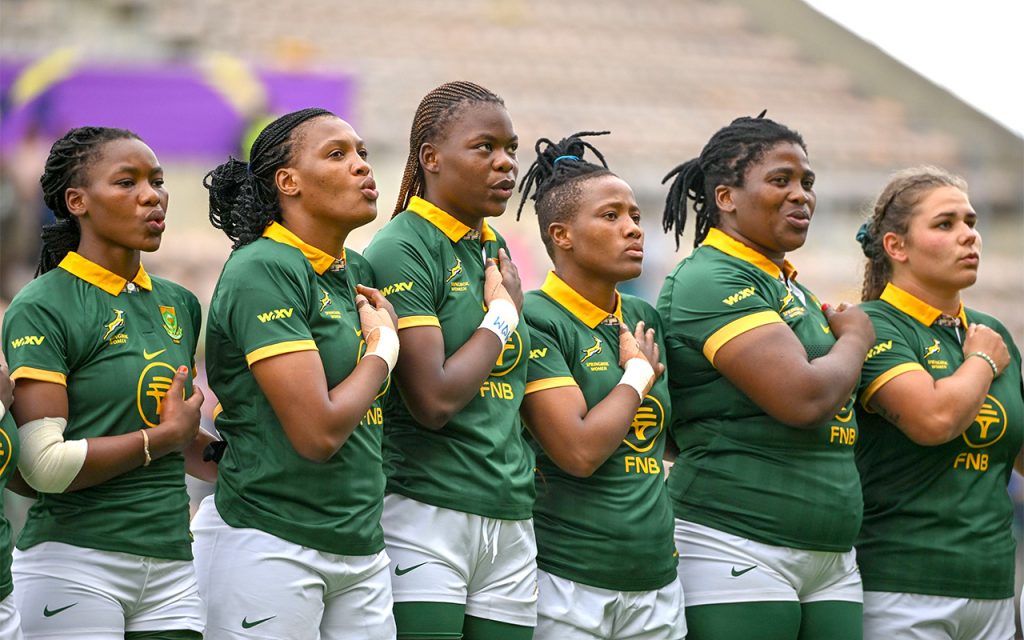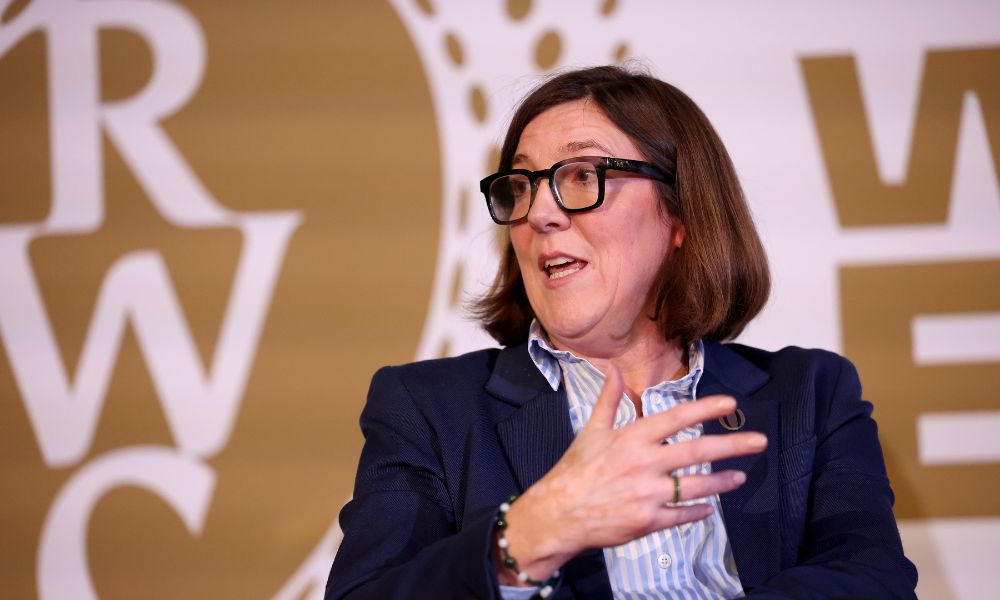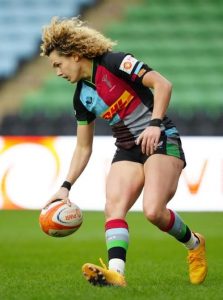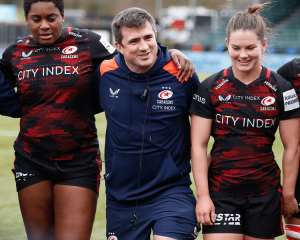Rugby's broadcast market "more challenging" as WXV set to evolve
On the eve of the second annual WXV competition, conceived originally to boost game time and provide women’s rugby with a dedicated international window, Sally Horrox, Chief of Women’s Rugby at World Rugby has spoken about its future.
Horrox said, “WXV came into shape as a two-year commitment to take us on a sprint to the Rugby World Cup in 2025. It was absolutely essential that World Rugby took the initiative there to build that increased competitiveness, that increased opportunity on and off the pitch for the teams to be together.
“We’re dealing here with the top 18-20 countries in the world. When we’re talking about those right through this pathway – moving to 16 teams at this Rugby World Cup – our responsibility is to build that global profile in the game, not just with the top-ranked countries.”

With this year’s tournament kicking off in South Africa and Dubai on Friday 27th September for WXV2 and WXV3 respectively, with WXV1 commencing on Sunday, the remaining six qualification spots for Rugby World Cup will be decided by the time it concludes on October 13th. So what will WXV’s future beyond this year look like?
Horrox continued, “We are working with all 18 unions, and agree that there is a greater need for certainty and simplicity. There is a greater need for more home content as we all seek to grow the game. We are confident with our unions that the model will evolve and change. We’ve got some really clear options on the table that have got strong support from the unions, but we’re going to debrief after WXV (this edition) and we’ll go into the end of this year and we’ll make some announcements early next year.
“What’s critical is that everybody has a clear route from 2025 through the new evolution of WXV into 2026 to 2028, with a clear pathway for qualification to the World Cup in 2029. Clarity at this stage of development for the women’s game is crucially important. Every one of the unions playing in this year’s WXV has been involved and will continue to be involved in that decision making process.”
BROADCAST VS LIVE STREAMING
WXV will be available to watch in the UK on BBC iPlayer whereas most global territories will be offered access by World Rugby’s free live streaming platform RugbyPass, which was used to show England’s men’s test match v Japan in June.
On the one hand, the open accessibility offered by live streaming might be seen as the bedrock of rugby reaching new audiences. On the other it signals that paid broadcast deals are a dwindling market which could be disastrous for the continued funding of the global game.
Horrox said, “It is a more challenging market. That affordability in the men’s and the women’s game is a challenge for us and for our union partners. We are much more live to working together with our unions on broadcast rights, on domestic rights, on international packages – how the men’s and women’s game is packaged together, how we can be more creative and bespoke.
“We are getting better, and need to get better together, particularly in the women’s game where we can do things perhaps a little differently to the men’s game, in approaching that problem and trying to solve it together. Affordability and the economic climate for all of us in sport is tough, it’s tight. So we have to make sure that every penny counts and that we do a great job.”





